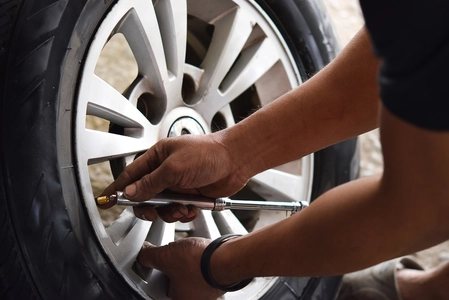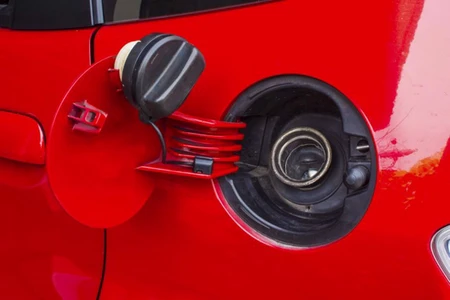Test driving a car is an essential step in the car-buying process. It provides an opportunity for potential buyers to experience firsthand how a vehicle feels, handles, and performs. However, to make the most out of your test drive, it's important to approach it strategically and avoid common pitfalls. In this article, we will explore the do's and don'ts of test driving, offering valuable insights for car buyers.
-
Do Your Research: Before scheduling a test drive, conduct thorough research on the car models you're interested in. Familiarize yourself with their specifications, features, and reviews. This will help you narrow down your options and choose the vehicles that best suit your needs and preferences.
-
Do Plan Ahead: Schedule your test drives in advance. Make sure to allocate enough time for each test drive to allow for a comprehensive assessment of the vehicle. It's also beneficial to test drive multiple cars on the same day for better comparison.
-
Don't Rush: When test driving, take your time to thoroughly evaluate the car. Spend a minimum of 30 minutes behind the wheel to assess its performance in different driving conditions. Rushing through the process may cause you to miss important details or make hasty decisions.
-
Do Inspect the Exterior and Interior: Before getting behind the wheel, inspect the car's exterior for any visible damages, scratches, or dents. Inside the vehicle, check the quality of materials, comfort, and available space. Familiarize yourself with the dashboard layout and ensure all the essential features are functioning properly.
-
Do Test Different Driving Scenarios: Vary your driving conditions during the test drive. This includes testing the car on highways, city streets, and in stop-and-go traffic. Pay attention to acceleration, braking, maneuverability, and overall comfort. Testing the vehicle in different scenarios will give you a comprehensive understanding of its capabilities.
-
Don't Forget the Features: Make sure to test all the features that are important to you. This could include infotainment systems, navigation, safety features, parking assist, and any other advanced technologies. Ensure they are user-friendly, intuitive, and meet your requirements.
-
Do Bring a Checklist: Prepare a checklist of specific items to evaluate during the test drive. This can include factors such as engine noise, suspension, steering responsiveness, visibility, and overall driving experience. Having a checklist will keep you focused and ensure you don't overlook crucial aspects of the car.
-
Don't Ignore Comfort and Ergonomics: Pay attention to the seating position, comfort, and ergonomics of the vehicle. Evaluate the adjustability of the seats, steering wheel, and mirrors to ensure you can find a comfortable driving position. Consider factors such as legroom, headroom, and overall cabin comfort, especially if you plan on long drives or have passengers frequently.
-
Do Ask Questions: During the test drive, don't hesitate to ask any questions you may have about the vehicle. Inquire about maintenance history, warranty details, fuel economy, and any concerns you may have. This information will help you make an informed decision.
-
Don't Be Pressured: Remember, the test drive is about your experience and assessment of the vehicle. Don't let any pressure influence your decision-making process. Take your time, trust your judgment, and only proceed with a purchase when you feel confident and satisfied.
A test drive is an invaluable opportunity for car buyers to gather essential information and assess a vehicle's suitability. By following the do's and don'ts outlined in this article, you'll be well-prepared to make an informed decision. Take your time, evaluate all aspects of the car, and don't hesitate to ask questions. With a strategic approach to test driving, you'll be on your way to finding the perfect vehicle that meets your needs and preferences.
I would love to help you find the perfect car for you! Contact me today!
Mark Sugar
(306) 341-1710
Dodge City Auto Ltd












